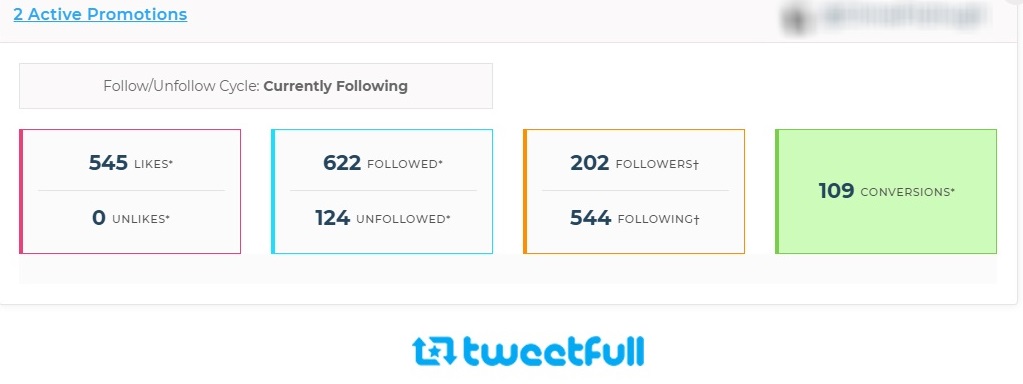Top 5 Key Twitter Metrics to Track
It hasn’t been echoed enough that Twitter is an essential social media platform to many businesses. For the ventures that want to take digital marketing to the next level, using Twitter to advertise and market their brand is a go-to solution. Many businesses aspire to do the best in ensuring that they increase the engagement rate and further make sales. However, selling products and services on the platform will depend on how good you are in the marketing game.
You’ll often notice that a particular brand announced millions of sales upon releasing a new product. One of the things they do is make a simple ad that introduces the product with few details on what to expect. It seems they do everything right and get good results. However, many other businesses would follow the same route; create an ad > post the ad > wait for comments > wait for sales. This is a wrong move because that is something that works for specific brands.
Businesses do more than just advertising, for they seek engagement with their customers and create a good relationship and a constant communication channel. Often at times, you might be driven to go ahead and do what another business does concerning your Twitter account. Still, it is essential to notice that particular strategies work for specific users. If you want to be as good as these great brands or even better, it is critical to consider what works for you.
The beauty of Twitter is that the platform provides an analytics tool that will give you a detailed explanation and view of your account’s progress. From the analysis, you’ll get to figure out your strengths and weaknesses. This will enlighten you on the things that you should pay more attention to since you require and improvement and the things that need less concentration because you are already doing them right. These are the Twitter metrics.
Even though there are standard Twitter metrics that you have to keep track of, they require constant improvements for better results. These are where the line between the best and the rest is drawn. The best brands take good note of these metrics and always keep track of them, seeking how they can better their levels. On the other hand, other brands ignore these things assuming they are already in good books as far as engagement is concerned.
So what are these critical Twitter metrics to track?
Top Twitter Metrics

To optimize your Twitter marketing strategy, there are important metrics that you need to keep an eye on. These Twitter metrics will enable you to make the most out of your efforts. They include;
1. Twitter Engagement Rate
The level at which you engage with your audience is essential to your success strategy. Engagement involves the response of your audience to your posts and tweets. How they react to what you share, the time they do, and the productivity of the reaction are important. Let’s consider an example; for a business, the main aim is to make profits. So the whole hassle of trying to create a fan base and engage more with your followers is only a step towards that.
Well, people focus on posting and advertising, but the level of engagement is not followed up. There’s no point for you to have many followers, only for a few to retweet, like, comment, or share your posts. It’s like having ghost followers, there are only there for existence, but they don’t count when it comes down to results. This is crucial because it’s affected by the kind of strategy that you might be using. So if things aren’t working out, you should consider some change.
The Twitter engagement rate will show you how many people are ideally following your content and how they respond. You can check on the tips on increasing your Twitter engagement rate (hyperlink the article on ‘Seven tactics to engage your audience in Twitter’) so that you’re more aware of what to do. Your audience’s engagement helps make sales educate you on what changes you should make, and it gives you a voice on the platform.
2. Posts Performance
While many users consider the overall performance, it is crucial to monitor the post-per-post performance to see if you are moving forward. For instance, you might have noticed that your Twitter handle is not doing so well, so after sitting down with your marketing team, you decided on some changes. You, later on, implemented them, and you are waiting for the results. The question is – do all amendments work? Definitely, not!
You have to go down to the details to see the impact of the changes that you made. That includes the kind of content, the timing of your posts, or any other upgrade to your strategy. You can gather data from the Twitter analytics tool, which will give you details on the ranking of the posts, from best to worst in terms of engagement and reaction from the audience. You should expect the new articles to appear among the top results if your latest changes were effective.
However, if they appear elsewhere, then you should consider making additional changes to your posts. The only thing that you should do differently this time around is to consider where the problem is and directly address it. That will take off some worry and disappointment. By so doing, you will bounce back to being better, and you’ll be doing better.
3. Video Completion Rate
Social media marketing has taken a turn in this new era as users what things to be simpler for them. Long paragraphs of explanations and gigantic words will scare away your audience. One of the strategies that have created simplicity in streaming Twitter as images, videos, polls, and GIFs. Each inclusion has its share of difficulty but not as much as the videos do.
Many users prefer to check out any videos shared on Twitter, for they seek to get some entertainment or lessons from them. You’ll see the kind of views, if you do an analysis, from your audience. This is very effective in engagement, but there is a barrier to that. While there are many views to some videos, not most viewers end up completing these videos. The video completion rate of many videos is surprisingly low.
You need to work on this if you want the audience to get the complete information from your videos. Luckily there are some things that you can do to work yourself around the issue. Reducing the length of the videos is one thing because people like short and precise information. It would be best to consider getting to the point and making the information simple to understand for everyone.
4. Return on Investment
There’s no way a brand can entirely rely on organic traffic to make sales and increase the size of its audience. With that in mind, opting for paid marketing strategies is an option that you should consider. They have multiple benefits (hyperlink the article on ‘Increasing Twitter followers – pros and cons of paid and organic strategies’), and it is an excellent move for your brand. However, you have to know if the investment is working for you.
Are you making sales? Is the audience responding to the call of action? Is the engagement rate increased? Using the Twitter KPI, you can monitor the performance and goal attainment of the paid marketing by tracking your ROI. This will tell you if the investment you made was worth it or you just downplayed yourself. If you are making gains, you should consider purchasing another subscription but if you’re not, then consider other alternatives or a different approach.
5. Advance Metrics
While the impressions and engagement significantly impact your brand, you have to be aware of who your audience is. Having a clear idea of who your audience will give you a sense of direction in knowing the kind of content to share, the level of readability, the discipline to maintain, and where to raise your bars. Customers have power over your business, and so does your audience over your Twitter account. Ensure that you address what they want and need and be clear on who they are.
Conclusion
Twitter metrics are essential in social media marketing, and tracking them helps in your overall performance. However, some things work for specific users, and it is necessary to know your weaknesses and find a way to improve on them. Tracking these metrics will keep you in check and ensure you always perform excellently.







